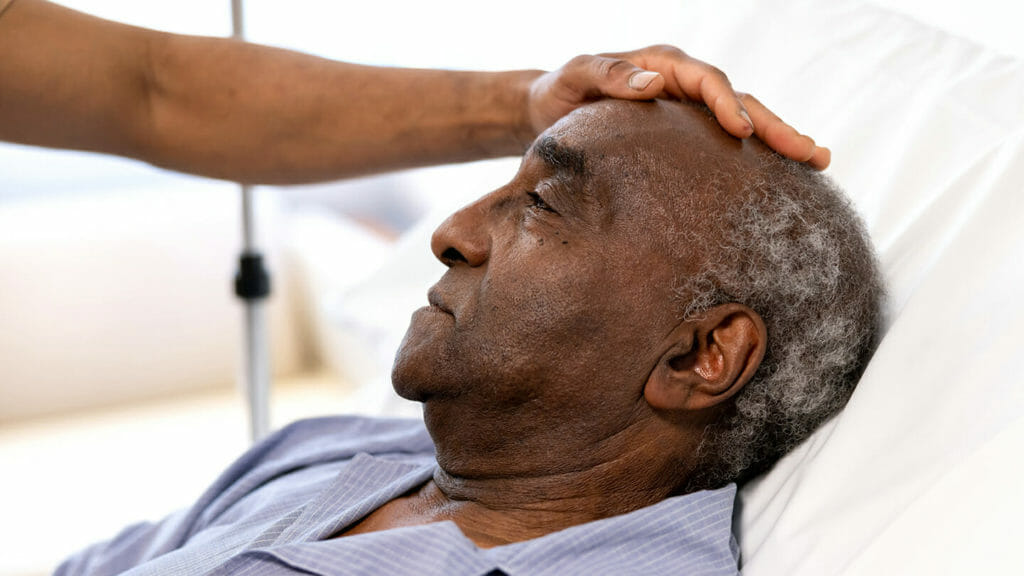
The untimely death of a Connecticut nursing home resident in September was the result of mistakenly applying a roommate’s do-not-resuscitate order, alleges a lawsuit filed by that resident’s daughter last week.
The potential mix-up illuminates struggles faced by nursing homes across the country when it comes to managing the increasingly complex needs of their patients.
The negligence suit was filed against The Reservoir nursing home in West Hartford, CT, its acting nurse supervisor and the nursing home’s operator — Harborside Connecticut Limited Partnership.
Resident Judith Englehart was found unresponsive on Sept. 4 and staff were allegedly told to not perform CPR, according to the lawsuit. Staff did call 911, however. When facility leadership could not provide DNR documentation, the first responders performed CPR — ultimately unsuccessfully.
Allegedly, the DNR that was eventually provided applied not to Englehart, but to her roommate. Lawyers representing the plaintiff expressed being puzzled at the apparent lack of protocols or failure to follow existing protocols indicated by the events alleged in the lawsuit.
The Centers for Medicare & Medicaid Services has implemented “ample guidance” governing how facilities should create protocols for DNRs and administering CPR, noted Linda Elizaitis, president of the regulatory compliance consulting firm CMS Compliance Group.
The Connecticut Department of Health issued Harborside a $10,000 citation for the incident.
The defendants could not be reached for comment by McKnight’s Wednesday. The Reservoir is now operating under a new name and owned by a separate company that is not a defendant in the lawsuit.
Avoiding pitfalls
While headline-grabbing events, DNR mixups are not a common occurrence in nursing homes, according to Elizaitis.
Still, the potential for harm to residents and heavy penalties for providers — including the potential for Immediate Jeopardy citations and investigations by health departments — mean that regularly reviewing the status of DNRs “should be a routine practice,” she told McKnight’s.
Mix-ups where a resident is mistakenly resuscitated or — as would allegedly have been the case at The Reservoir — not resuscitated despite their wishes are usually the result of one of two common mistakes, Elizaitis explained.
“Either staff do not follow the facility policy for identifying a resident’s CPR/DNR status at the time a resident is found unresponsive or the facility does not have a sound protocol to follow with clear directives as to the location of the resident’s DNR/CPR status information,” she said. “This information must be verified at the time of such a medical emergency and before CPR is started.”
Some nursing homes use visual cues like wristbands with colored dots to signify whether a resident has a DNR on record. These methods can be unreliable, however, and should never be the sole factor relied on in emergencies, Elizaitis said. Sometimes, even medical orders can be incorrect if they haven’t been updated properly.
“The best source is the resident’s medical record where the Advance Directive documents are located,” Elizaitis emphasized.
Auditing these documents and running drills regularly are vital to maintaining accuracy, she added, and should be a common routine for providers looking to avoid fines and harmful care outcomes.




